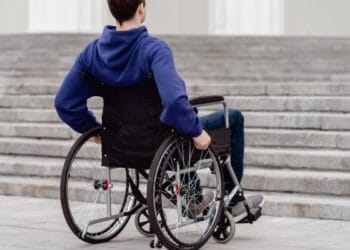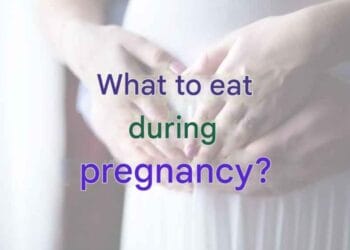Impact of Tobacco Use on Children
Tobacco use is a major global health concern, and its effects on children are particularly alarming. This essay explores the multifaceted effects of tobacco on children, covering both direct and indirect impacts.
I. Effects on Children’s Health
A. Exposure to Secondhand Smoke
- Respiratory Issues: Children exposed to smoke are at higher risk of developing asthma, bronchitis, and pneumonia.
- Sudden Infant Death Syndrome (SIDS): Infants exposed to maternal smoking during or after pregnancy are more likely to suffer from SIDS.
- Ear Infections: Secondhand smoke can lead to frequent ear infections in children.
B. Nicotine Addiction
- Early Initiation: Children exposed to smoking are more likely to start smoking early, increasing the risk of nicotine addiction.
- Brain Development: Nicotine affects the developing brain, potentially impairing cognitive functions and increasing addiction risk.
II. Psychological and Behavioral Effects
A. Role Modeling
- Behavior Imitation: Children tend to imitate behaviors observed at home. If parents or caregivers smoke, children are more likely to perceive smoking as acceptable.
- Perception of Smoking: Exposure to tobacco use can create a favorable perception of smoking in children.
B. Mental Health Implications
- Increased Anxiety: Children may experience heightened anxiety due to the stress of parental smoking.
- Risk of Depression: Studies suggest a higher risk of depression among children exposed to parental smoking.
III. Educational and Social Consequences
A. Academic Performance
- Lower Academic Achievement: Children from smoking households may face distractions and health-related absences, impacting their studies.
- Reduced Educational Outcomes: Health issues linked to tobacco can hinder academic performance and future opportunities.
B. Social Stigma
- Stigmatization: Children may face social stigma or exclusion due to the smell of smoke on clothes or belongings.
- Strained Relationships: Parental smoking can strain relationships between children and their smoking parents.
IV. Long-term Health Effects
A. Future Health Risks
- Increased Smoking Risk: Children exposed to tobacco are more likely to become smokers as adults, continuing the cycle of tobacco-related health issues.
- Chronic Diseases: Long-term exposure in childhood increases the risk of chronic illnesses in adulthood like heart disease, cancer, and lung disease.
B. Economic Burden
- Healthcare Costs: Tobacco-related health issues in children place a significant economic burden on healthcare systems and families.
V. Prevention and Intervention
A. Public Health Measures
- Tobacco Control Policies: Implementing and enforcing strict tobacco control laws can reduce children’s exposure to smoking.
- Education Programs: Public health campaigns and school programs can raise awareness about tobacco hazards and discourage initiation.
B. Support for Quitting
- Parental Support: Encouraging parents to quit smoking and providing them with resources helps protect children from tobacco exposure.
- Counseling Services: Providing counseling to children exposed to tobacco can help address psychological and emotional impacts.
Conclusion
Tobacco use has far-reaching effects on children, including physical health, mental well-being, education, and social dynamics. Recognizing these impacts and actively working to prevent exposure is crucial for safeguarding the well-being and future of younger generations. A multi-pronged approach involving policymakers, educators, healthcare providers, and parents is essential to reduce tobacco-related harm to children.









